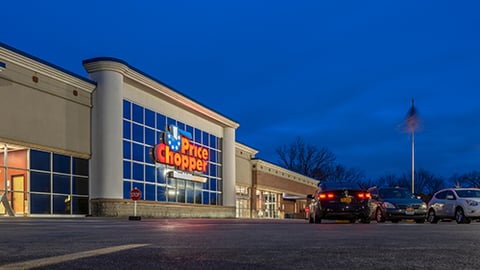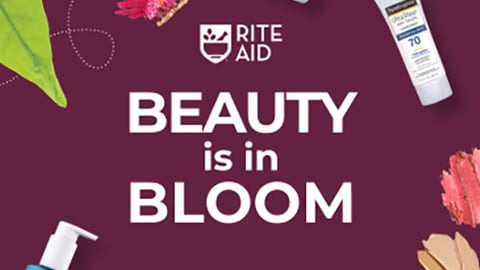How Grocers Can Craft More Effective Loyalty Marketing Programs
As food prices soar across the country, more and more shoppers are prioritizing deals over brand loyalty. Whether they’re shaking their heads at the sky-high price of eggs or decrying the effects of shrinkflation at their local supermarket, many shoppers are slashing nonessentials from their grocery lists and adapting their purchasing habits to stay within their budgets.
In this shifting economic landscape, many grocers are wondering how they can more effectively incorporate brand loyalty into their marketing campaigns to hold onto customers. Fortunately, as a staple of repeat purchases, grocery stores are well positioned to build the kind of customer loyalty needed to weather short-term economic uncertainty and achieve long-term success.
[Read More: "How Do Today’s Shoppers Define Loyalty?"]
Three ways that grocers can effectively integrate customer loyalty into their marketing programs are rewarding customers for sharing valuable zero-party data that drives the smart, effective personalization they prefer; incorporating loyalty programs into their omnichannel shopping experiences; and creating programs to attract college students.
Collect Valuable Zero-Party Data
Data helps grocers create the best possible shopping experience for their customers and ensures that they show consumers the right products at the right time. But, rather than relying on guesswork and spotty third-party sources, grocers should collect high-quality zero-party data directly from consumers themselves to ensure that they have the most actionable insights.
Gated offers provide a seamless way for grocers to do just that. By providing customers with a chance to save on their next purchase in exchange for personal information, grocers can ensure that they get the best possible data on their consumers. In turn, they can then use that exact information to show customers the kinds of personalized offers that push them to act. It’s a virtuous cycle that not only builds loyalty, but boosts revenue, too.
Make Your Loyalty Program Omnichannel
To attract and retain customers, grocers will need to meet them wherever they do their shopping. Also, they should incentivize them with loyalty programs that follow them from one channel to another.
This strategy is well illustrated by Walmart, which provides rewards to Walmart+ members whether they shop online or in person. After joining the program, Walmart+ members can add and earn their rewards by simply tapping an “add reward” button online or by scanning a QR card when shopping at a brick-and-mortar store. Rewards can then either be redeemed when the purchase is made or saved for a later transaction. As a result, Walmart effectively encourages members to stick with them if they want to get the best possible deal, no matter how they shop.
Omnichannel integrated loyalty programs provide the best of both worlds for consumers and grocers alike: value for one and customer loyalty for the other. In such an uncertain economic landscape, that’s good for everyone.
Create Programs for College Students
Today’s college students are the power shoppers of tomorrow. Therefore, a great way for grocers to both grow their current customer base and create future loyal consumers is to focus on building goodwill with student shoppers.
This is precisely the strategy that Target began implementing in 2018 when it opened 10 small stores near college campuses across the country. Rather than containing a wide range of goods, these compact stores instead carry a curated selection of essentials for busy students, such as toothpaste, body wash, and grab-and-go food items like Greek yogurt, sandwich bread and bananas. More recently, Kroger teamed up with the University of Kentucky to turn a section of the grocer’s namesake stadium at the school into a designated pickup location for online orders, making it easier than ever for students to do their grocery shopping.
Grocers both small and large can take a page from this playbook by targeting the students who live on college campuses with special deals that foster long-term relationships. For example, a grocer might provide a gated offer to cash-strapped college students that grants them a discount on the kind of essential goods they like to buy. In addition to rewarding them for shopping with a particular grocer, gated offers can also be easily verified with a combination of authoritative data sources to ensure that these benefits are exclusive to the students they’re trying to reach.
Ultimately, the best way to integrate loyalty into a marketing program is to show consumers that you’re willing to give them value based on who they are and what they need, be that convenient shopping for college students or personalized offers based on data provided by the consumer. As the economy’s future continues to look uncertain, consumers want a grocer who’s willing to break bread with them so that they can reliably put it on their tables. Loyalty marketing is the perfect lever to pull to make that exchange.






